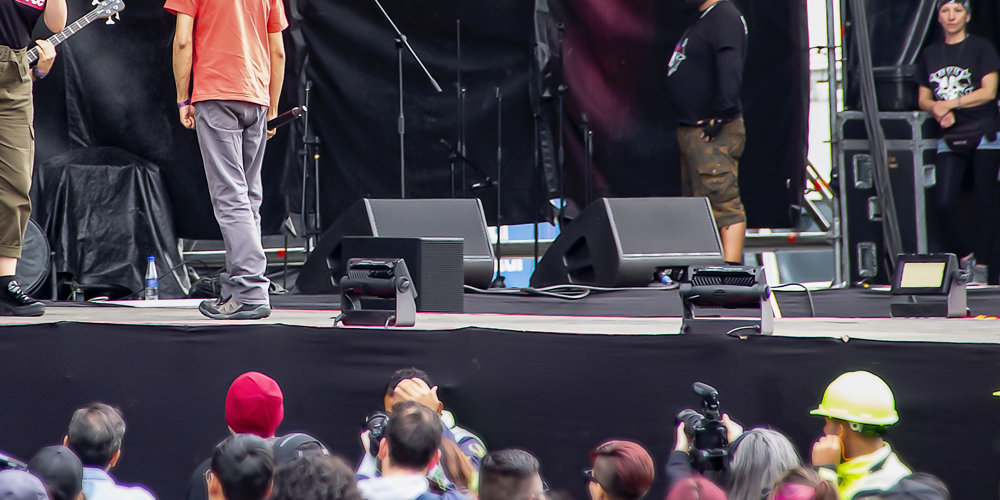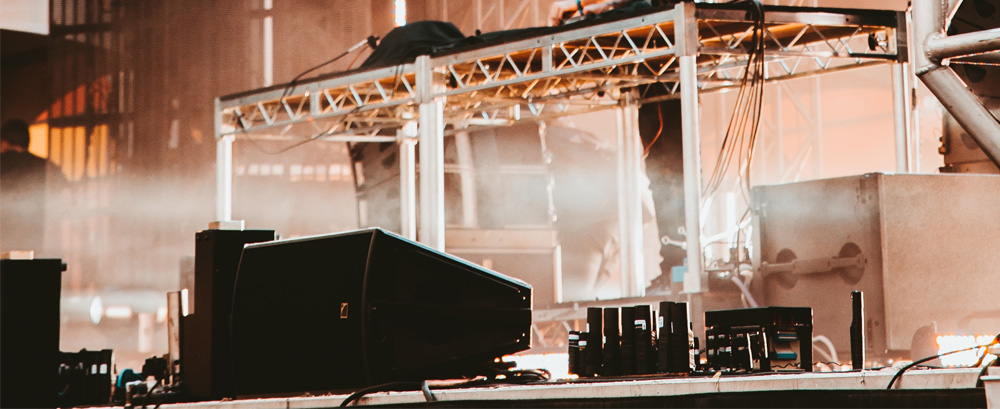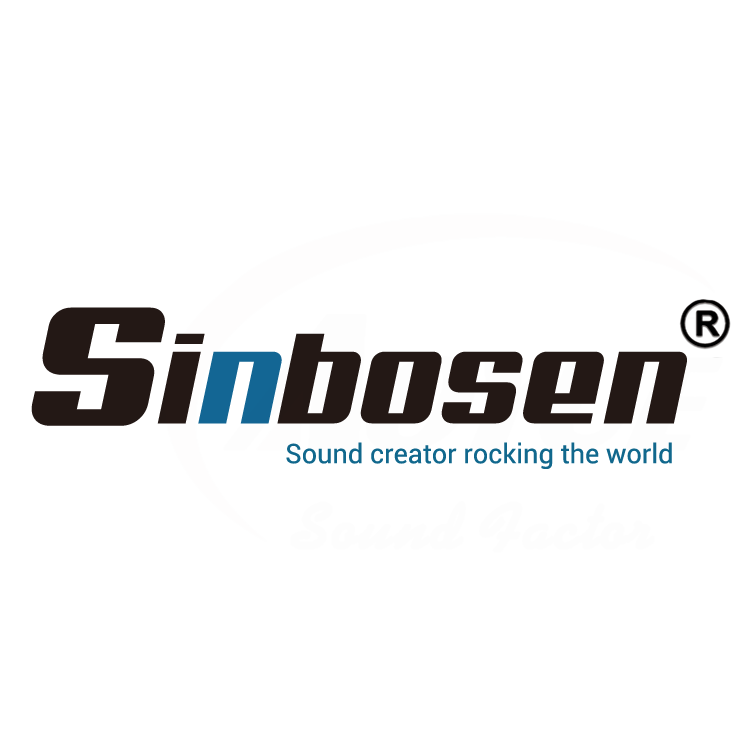How are stage monitor speakers combined and returned?
Views : 12263
Update time : 2019-12-18 10:33:59
During the concert, you will find that there are usually two or four monitor speakers in front of the stage. These monitor speakers are not placed randomly, but have to be distinguished from work. For example, there are several combinations of two or four speakers. There are several important questions about the monitor speakers, such as their matching, how do they work? Today we will briefly understand how these monitor speakers are combined and returned.

Several action processes of the monitoring system work.
Generally, in each monitoring system to which each musician belongs, their own instruments and sounds are adjusted first, and then the relevant instrument sounds are distributed. This allows the individual's own ears to satisfy the sound balance in different performance venues While expressing musical feelings. But in the process of system establishment and adjustment, why is the sound unpleasant?
Let's take it apart step by step, A microphone collects the sound and sends it to the front monitor speakers. There are several action flows in this process:
1. The unit of sound on the stage, such as human voice or musical instrument equipment.
2. The microphone receiving this sound, the work of its diaphragm, the change of the voice coil and the magnet generate a small signal voltage.
3. The small signal voltage is sent to the power amplifier via the preamplifier Mic-Pre amp. Or Mixer Console, and then the signal is amplified by more than dozens of times, and then connected to the speaker.
4. The voice coil and magnet in the speaker are subject to large voltage changes, which generates kinetic energy to push the paper cone.
5. The paper cone produces sound for human ears to listen to, and achieves the function of amplification.
There may be "transmission distortion" in these several processes, and all the conversion bandwidth requirements are expected to meet the response range of 20HZ ~ 20KHZ. This is because there are so many sound ranges that can be heard by human ears. The distortion in transmission conversion is not inaudible. The equalizer on the mixing machine (the simpler expression is to divide the sound into high and medium. , Lower three parts) to modify the sound close to what we can satisfy.
However, when the sound is adjusted, there will be an efficiency problem, which means that the original 100% of the sound is sent from the speaker, and after the correction, there may be 70% ~ 80% of the efficiency left. This does not include the microphone except for the sound of the human voice. In addition, other sounds on the stage are received at the same time, such as direct sounds of drums, bass amp, gt amp stage boards, roof reflections, etc. This sound is not the original process, so we call it crosstalk Noise ratio.
This kind of thing will be mixed with the sound of the efficiency available in the monitor speaker (these sounds are happening at the same time), so only 70% ~ 80% of the efficiency was left before, Follow the microphone to receive the sound pressure of crosstalk on the stage, and the ear directly hears the direct sound pressure of each instrument to compete with it. After the average drop, the rest is the sound you really want.


Several action processes of the monitoring system work.
Generally, in each monitoring system to which each musician belongs, their own instruments and sounds are adjusted first, and then the relevant instrument sounds are distributed. This allows the individual's own ears to satisfy the sound balance in different performance venues While expressing musical feelings. But in the process of system establishment and adjustment, why is the sound unpleasant?
Let's take it apart step by step, A microphone collects the sound and sends it to the front monitor speakers. There are several action flows in this process:
1. The unit of sound on the stage, such as human voice or musical instrument equipment.
2. The microphone receiving this sound, the work of its diaphragm, the change of the voice coil and the magnet generate a small signal voltage.
3. The small signal voltage is sent to the power amplifier via the preamplifier Mic-Pre amp. Or Mixer Console, and then the signal is amplified by more than dozens of times, and then connected to the speaker.
4. The voice coil and magnet in the speaker are subject to large voltage changes, which generates kinetic energy to push the paper cone.
5. The paper cone produces sound for human ears to listen to, and achieves the function of amplification.
There may be "transmission distortion" in these several processes, and all the conversion bandwidth requirements are expected to meet the response range of 20HZ ~ 20KHZ. This is because there are so many sound ranges that can be heard by human ears. The distortion in transmission conversion is not inaudible. The equalizer on the mixing machine (the simpler expression is to divide the sound into high and medium. , Lower three parts) to modify the sound close to what we can satisfy.
However, when the sound is adjusted, there will be an efficiency problem, which means that the original 100% of the sound is sent from the speaker, and after the correction, there may be 70% ~ 80% of the efficiency left. This does not include the microphone except for the sound of the human voice. In addition, other sounds on the stage are received at the same time, such as direct sounds of drums, bass amp, gt amp stage boards, roof reflections, etc. This sound is not the original process, so we call it crosstalk Noise ratio.
This kind of thing will be mixed with the sound of the efficiency available in the monitor speaker (these sounds are happening at the same time), so only 70% ~ 80% of the efficiency was left before, Follow the microphone to receive the sound pressure of crosstalk on the stage, and the ear directly hears the direct sound pressure of each instrument to compete with it. After the average drop, the rest is the sound you really want.

Therefore, appropriately increasing the number of monitoring speakers, high-efficiency speakers, and high-power amplifiers are all to compensate for the dynamic deficiency of the required sound.
These large-scale audio projects are not intended to loudly amplify the sound, but to compensate for the lack of listening in the performance environment. Also, not every concert's sound hardware setup must be so large, sometimes too complicated to achieve the desired effect. Such as indoor performance space, small scale venues, only a few monitor speakers. Under what sound field conditions, combining the appropriate stage monitoring system is the best match.
Recommended Products
Recommended Products












